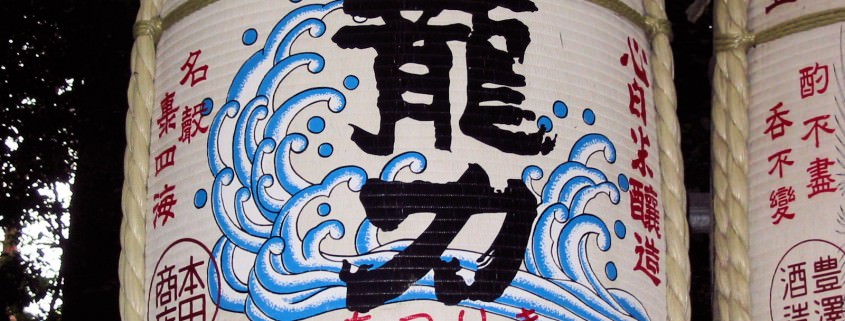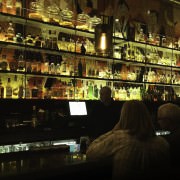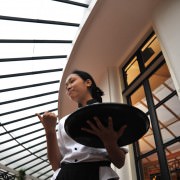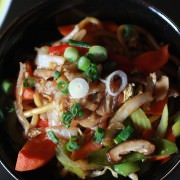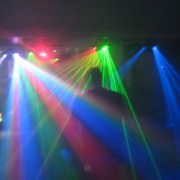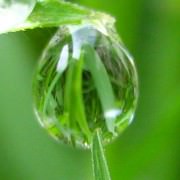3 Things You Should Say to Sell More Sake
I’m sorry to be the bearer of bad news, but I’ve got to tell you: you’re missing out on sales. Sure, your bar is selling enough beer and wine, and man, your cocktail sales are killer. But why aren’t you selling sake? Many bars don’t feel confident in selling this super-premium beverage because they don’t think they know enough to advise a customer—or to stock their own bar. All that’s about to change though, because here are the three things you and your servers need to be saying to get your sake sales going.
“Sake is the oldest-known alcoholic beverage in the world.”
It’s true. Sake was first created by the Chinese in 4500 BC, according to Tara Fougner, former VP of Marketing for TY KU Sake and Spirits. After that, the delicious drink was improved upon in Japan in the late 7th or early 8th Century, but it still was made out of only four ingredients: rice, water, yeast, and koji (which is a type of mold). Sake is brewed like beer (but with less steps), and although premium sake is made with premium sake rice, it is not named or graded through its rice varietals. Instead, sake is graded by the level of polishing the rice has gone through.
Recommend that your guests become a part of a historical tradition and try what the Japanese call the “Drink of the Gods”.
“Good sake is served cold.”
About that rice polishing, sake isn’t graded on how much rice is in a glass, but rather, how little rice is in a glass. To be exact, the four grades of sake are rated based on the amount of the outer rice “shell” that has been polished off.
The four grades of sake are:
- Futsu, in which 0-30% of the rice grain has been polished off
- Junmai, in which 30-40% of the rice grain has been polished off
- Junmai ginjo, in which 40-50% of the rice grain has been polished off
- Junmai daigingo, in which 50% or more of the rice grain has been polished off, leaving only the starch-filled inner rice core
Of course, the prices rise accordingly, but super premium sake, Junmai dagingo, is meant to be sipped slowly and carefully, like a fine scotch.
I know that most of us in the States are used to warm sake, and that this concept of having sake chilled (like white wine) is new, so I wanted to clarify something. You notice that “futsu” category up there? The one where 0-30% of the rice grain has been polished off? Yeah, that zero shows us that there are no minimum standards for rice quality or alcohol production for cheap sake. The truth is that the reason we’ve been drinking warm sake is that, when sake’s warm, it covers up the low quality, everclear-like flavor of a substandard drink. As a side note, since high-quality sake is a premium beverage, it should be served in wine glasses so that your guests can savor the aromas and flavors.
Recommend that your bar patrons re-introduce themselves to the complexities of sake. Then teach them the traditional sake toast, “Kanpai!”
“We’re offering sake now. Would you like to try a taster?”
For the curious who are a bit skittish, offer them nigori (“cloud”) sake. This version is made with unfiltered rice, so it’s actually cloudy, or milky looking, and it tends to be a sweeter, dessert sake. It can taste like coconuts, bananas, and other scrumptious goodies, and it’s good to pair with dessert, too. Nigori sake is also tasty in cocktails, because the flavor is so prominent. Here’s what else your servers can say:
- “It has no sulfites.”
- “It’s gluten free.”
- “It has five times less acid than wine.”
Who can resist compelling arguments like those?
No matter how you choose to sell your sake, you must always make sure that your servers or bartenders are well educated about this ancient drink. Everyone in America is so used to drinking warm sake that your customers and your bartenders will all need some updated information. Once they try a sip chilled, however, they’ll regret what they’ve been missing all these years.
Of course, the bar that introduced them to premium sake will always be their go-to, and when your customers want to show off their new sake trivia to their friends, guess whose bar they’ll be showing up at?
Kanpai!
- Why Your Wine Menu Is Scaring Your Guests - February 27, 2015
- How to Host a Better Restaurant Week and Get More Customers - February 23, 2015
- Choosing Your Restaurant Wine Glass – 3 Approaches - February 16, 2015

